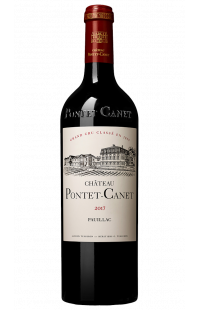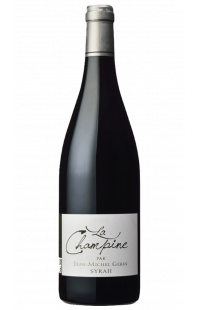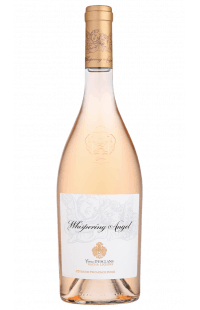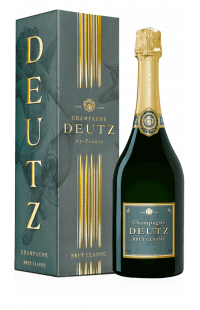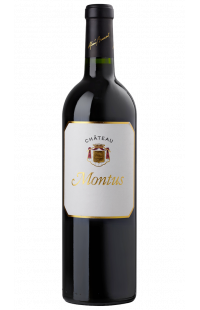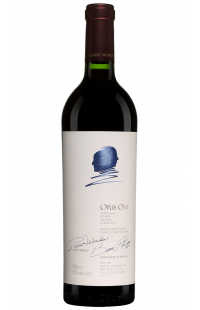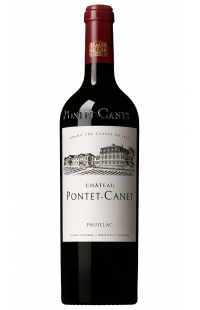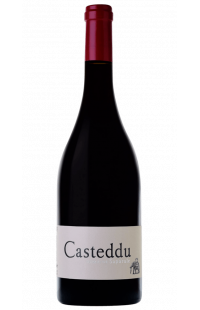- Menu
- All our wines
- Bordeaux
-
Rhône
-
Burgundy
-
Rosés Wines
-
Champagne
- France
-
World
- PRIMEURS
- ORGANIC WINES
Domaine Saparale
Domaine saparale
- AOC SARTÈNE -
A 52-hectare vineyard, Domaine Saparale is located in the heart of the Ortolo valley, in the commune of Sartène, in southern Corsica. Set between sea and mountains, the exceptional terroir gives rise to fine, racy wines that are highly appreciated. Domaine Saparale is known as one of Corsica's most famous wine estates.


The TECHNICAL DATA SHEET of the
domain saparale
OWNER: Philippe Farinelli
APPELLATION: AOC Sartène
VINEYARD SIZE: 52 hectares (Red: 20ha, White: 10ha)
VINEYARD MANAGEMENT: Sustainable farming
SOILS: Granitic
AVERAGE VINE AGE: 35 years
RED VARIETIES: Nielluciu (40%), Sciacarellu (48%), Minustellu (10%), Caracaghjolu neru (10%)
WHITE VARIETIES: Vermentino (90%), Genovese (5%), Biancu Gentile (5%)
HARVEST: Manual and mechanical
VINIFICATION: Wooden truncated-cone vats
AGING: Foudre (reds), Stainless steel vats (whites and rosés)
The history of Domaine Saparale
The origins of Domaine Saparale date back to the 19th century when Philippe de Rocca Serra, a lawyer and financial advisor, set out to conquer Africa to work with very wealthy families. He ended his journey in Egypt and, after several years of working for the royal family, decided to return to Corsica to fulfill his dream: establishing an exemplary agricultural estate that would highlight his island, so dear to his heart.
It is in the Ortolo Valley that he begins his project: He plants 100 hectares of vines exclusively with Corsican grape varieties, olive trees, a citrus orchard, fruit trees, livestock in the meadows, a winery, and outbuildings to accommodate the workers. With more than a hundred laborers working daily, the estate becomes a driving force for economic and demographic growth in the microregion. This is how Domaine Saparale was born. For his wines, Philippe de Rocca Serra goes against the trends and chooses local grape varieties. The wine from the estate quickly gains national recognition.
Unfortunately, Phylloxera strikes the valley and devastates the vineyard. Banditry and the chaos of war lead to the decline of the estate, which nevertheless resists until the late 1920s.
It was finally in 1995 that a new impulse was given by Philippe Farinelli, who dreamed of bringing the family hamlet back to life. He gradually revived the vineyard, making it more beautiful than ever. He also undertook numerous renovations to successfully reintroduce the wines to the market. Moreover, he set a course of action to preserve the estate’s heritage and bring out its best expression. Today, the estate is nobler and stronger, rich with the history of a time when anything was possible.


Domaine saparale, the vineyard
This magnificent estate benefits from a microclimate. It experiences low rainfall combined with a wind that dries and purifies, as well as beautiful sunlight, which gives the terroir its uniqueness and originality. Located in the commune of Sartène, in the south of Corsica, the 52-hectare estate lies in the heart of the Ortolo Valley. The vineyard rests on granitic soils, which are airy, porous, and well-draining, allowing the vines to take root deeply. However, in spring, the soil warms up quickly, offering a low water reserve, causing the vines to suffer during the summer.
The wines from Domaine Saparale are made from typically Corsican grape varieties. The Sciaccarellu, a symbol of the unique character of Corsican grape varieties, produces red wines with a ruby-red hue, offering a light and elegant structure, a smooth mouthfeel, and a powerful aromatic profile. For the rosé, these are fresh and creamy wines, providing a sublime aromatic palette. Introduced to Corsica in the 14th century, Vermentino is the main grape variety for white wines. With incredible organoleptic potential, Vermentino produces pale yellow wines with an elegant nose of white flowers, white fruits, and citrus, and a lively yet balanced palate.
The estate follows a sustainable farming method in the vineyard. Treatments are minimized: no chemical fertilizers are used, and several plowings are done each year, enhancing the plant’s physiology and its natural resistance. This method also leads to lower yields but allows for healthy grapes, capable of producing high-quality wine.
Domaine Saparale know-how
During the harvest, the berries are analyzed and tasted daily. For the Sciacarellu grapes that produce the reds and rosés, harvesting begins as soon as these berries start to wilt. For the whites, the Vermentino harvest begins as soon as the best balance between sugar and acidity has been achieved after several tastings and analyses.
Once harvesting is complete, the grapes are transported to the winery for vinification. For red wines, vinification is traditional: the grapes are cooled, fermented in truncated wooden vats and pumped over daily. Ageing takes place in foudres, bringing a unique velvety structure to the aromatic complexity of the wine. For white and rosé wines, vinification involves direct pressing of the whole harvest, followed by low-temperature settling. For rosés, fermentation temperatures are controlled, while for whites, fermentation takes place between 16 and 18˚C and sulfiting is kept to a minimum. Both whites and rosés are aged in stainless steel tanks with light filtration and early bottling.


Domaine de Saparale wines
The estate produces several ranges of wines, including the cuvée Domaine Saparale AOC Sartène, available in red with a beautiful expression of red fruits and spicy notes. In rosé, it offers a fresh, fragrant, floral, and fruity nose, while in white, it has an expressive nose of white and exotic fruits and a full-bodied palate. The estate also offers the Casteddu cuvée available in red, rosé, and white, as well as a sulfite-free cuvée called Natura. Finally, the micro-cuvées are gathered in the Oenoteca collection, also available in red, rosé, and white.
